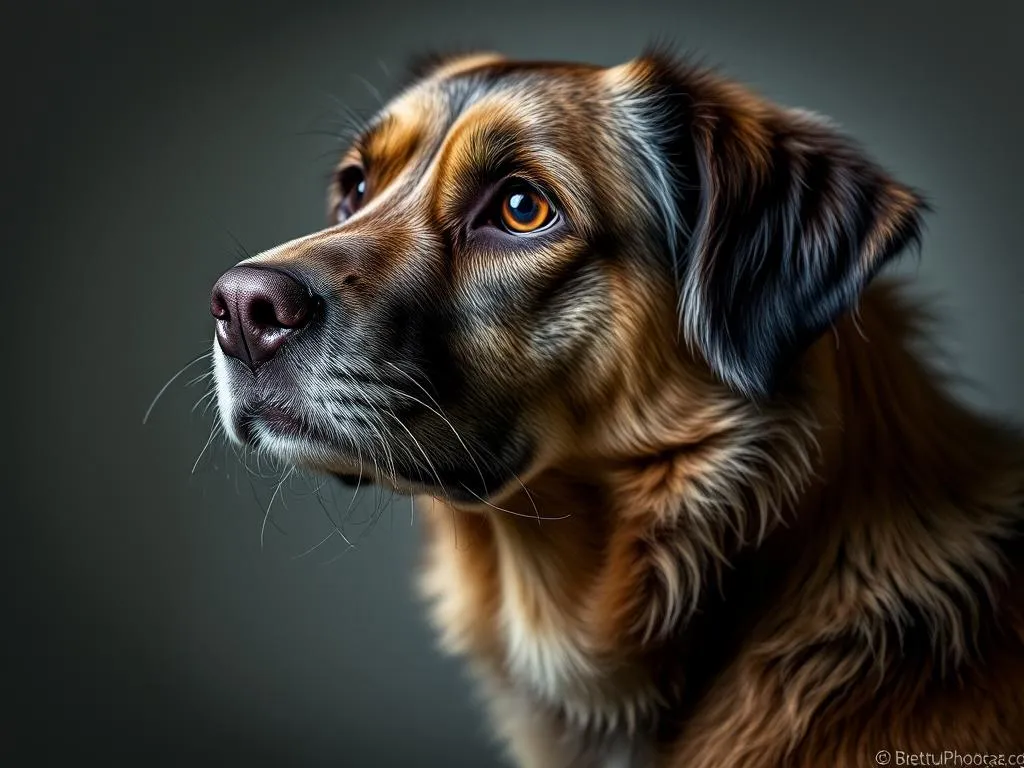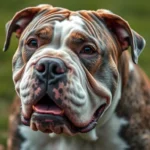
Introduction
Understanding dog breeds is not just about knowing the physical characteristics or the temperament of various canines. It’s about delving into the rich history and evolution of these animals that have been companions to humans for thousands of years. The term oldest dog breeds refers to breeds that have maintained their characteristics for centuries, often tracing back to the earliest days of dog domestication. Studying these ancient breeds provides insight into the evolution of modern dogs and highlights the significance of preserving genetic diversity.
The Historical Context of Dog Breeds
The Origin of Domestic Dogs
The journey of dogs from wild wolves to loyal companions began thousands of years ago. Archaeological evidence suggests that the domestication of dogs occurred between 20,000 and 40,000 years ago. Early humans likely formed bonds with wolves, leading to a symbiotic relationship that eventually resulted in the domesticated dogs we know today. Over generations, selective breeding based on traits such as temperament, size, and skill resulted in the various breeds we recognize now.
Cultural Significance of Ancient Breeds
Ancient dog breeds played crucial roles in early societies. They were not only companions but also hunting partners and guardians. For example, the Egyptians revered dogs, often mummifying them alongside their owners. In various cultures, dogs were bred specifically for tasks such as herding sheep, hunting game, or even as status symbols. Breeds like the Basenji and Saluki have deep-rooted connections to ancient civilizations, showcasing their importance throughout history.
Characteristics of Oldest Dog Breeds
Physical Traits
The oldest dog breeds often exhibit distinct physical features that reflect their heritage. Many of these breeds are characterized by their unique coat types, which were often adaptations to their environments. For instance, the Saluki, hailing from the deserts of the Middle East, has a fine coat that protects it from the harsh sun. Generally, ancient breeds tend to be medium to large in size, with variations that reflect their functional roles in society.
Temperament and Behavior
Ancient breeds typically display temperaments that have been shaped by their long histories. Many possess strong instincts for hunting or herding, making them excellent companions for active families. In contrast, some may be more reserved or independent. When compared to modern breeds, ancient breeds often exhibit less variability in temperament, maintaining the traits that were crucial for their original purposes.
List of Oldest Dog Breeds
The Basenji
The Basenji is often referred to as the “barkless dog” due to its unique vocalization, which resembles a yodel. Originating from Central Africa, this breed has a history that dates back thousands of years. Basenjis are known for their keen hunting abilities and strong prey drive. Their short coat and curled tail contribute to their distinct appearance, making them a favorite among dog lovers.
The Saluki
Known as the “Royal Dog of Egypt,” the Saluki is one of the oldest known dog breeds. This breed’s lineage can be traced back over 4,000 years, and it was primarily used for hunting game in the deserts. Salukis are elegant and athletic, with a slender build and a unique coat that can range from smooth to feathered. Their calm demeanor and loyalty make them excellent companions.
The Afghan Hound
With its striking long coat and dignified appearance, the Afghan Hound is another ancient breed with a rich history. Originating from the mountainous regions of Afghanistan, this breed was primarily used for hunting large game. Afghans are known for their independent spirit and often have a playful, yet aloof temperament. Their grooming needs are significant due to their luxurious coat, requiring regular maintenance.
The Chow Chow
Chow Chows are easily recognizable due to their lion-like mane and distinctive blue-black tongue. This breed has roots in ancient China and was historically used for guarding and hunting. Chow Chows are known for their strong-willed nature and can be both aloof and loyal to their families. Their unique appearance and temperament make them a fascinating breed among the oldest dog breeds.
The Shiba Inu
Originating from Japan, the Shiba Inu is one of the oldest and smallest native breeds of the country. This breed was initially bred for hunting small game and has a spirited personality. Shiba Inus are known for their fox-like appearance, erect ears, and curly tails. They are intelligent and independent, often requiring a firm but loving hand in training.
Other Notable Ancient Breeds
In addition to the breeds mentioned above, several other dogs have ancient origins. The Akita, known for its loyalty and strength, has a history in Japan as a hunting dog. The Alaskan Malamute, bred for strength and endurance, played a crucial role in the Arctic regions. Each of these breeds reflects the unique traits that have been preserved through the ages.
Preservation and Importance of Ancient Breeds
Conservation Efforts
In an age where many dog breeds face the risk of extinction, conservation efforts are crucial for preserving the oldest dog breeds. Various organizations are dedicated to maintaining genetic diversity and promoting responsible breeding practices. These efforts not only help keep ancient breeds alive but also contribute to the overall health of the canine population.
The Role of Old Breeds in Modern Society
Owning an ancient breed can bring unique benefits. These dogs often have established temperaments and traits that make them suitable for various lifestyles. Additionally, ancient breeds are often celebrated in dog shows and competitions, highlighting their beauty and historical significance. By choosing to adopt or support these breeds, individuals can play a part in preserving their legacy.
Choosing the Right Oldest Dog Breed for You
Evaluating Lifestyle Compatibility
When considering bringing an oldest dog breed into your home, it’s essential to evaluate your lifestyle. Factors such as available space, activity level, and family dynamics play a crucial role. Some ancient breeds, like the Saluki, require more exercise and space, while others, like the Basenji, can adapt to smaller living environments.
Health Considerations
Like all dogs, ancient breeds can be prone to certain health issues. It’s important to research common health problems associated with each breed. Responsible breeding practices can mitigate many of these concerns, so seeking out reputable breeders is essential to ensure you’re adopting a healthy dog.
Training and Care
Training an ancient breed may require specific strategies tailored to their unique traits. Many ancient breeds are intelligent but may also possess an independent streak. Understanding their history and natural instincts can enhance training effectiveness. Regular exercise, mental stimulation, and proper grooming are vital for maintaining the health and happiness of these dogs.
Conclusion
The significance of the oldest dog breeds extends beyond their age; they embody the rich history of human-animal relationships. Understanding and appreciating these breeds provides valuable insights into how dogs have evolved alongside humanity. As we continue to navigate modern society, the preservation of ancient breeds becomes increasingly important. By recognizing their value and considering adoption, we can ensure that these remarkable dogs remain a part of our lives for generations to come.
FAQs About Oldest Dog Breeds
What is the oldest dog breed in the world?
The Basenji is often considered one of the oldest dog breeds, with a history that dates back thousands of years in Africa.
How do ancient breeds compare to modern breeds in terms of health?
Ancient breeds may face specific health issues due to their limited gene pools, but responsible breeding practices can help mitigate these concerns.
Are oldest dog breeds good family pets?
Many ancient breeds can make excellent family pets, provided their exercise and companionship needs are met. Each breed has unique traits that may suit different family dynamics.
How can I find a reputable breeder for an ancient breed?
Researching breed clubs and organizations dedicated to the preservation of specific breeds can help you find reputable breeders who prioritize health and genetic diversity.
What are the common misconceptions about old dog breeds?
Common misconceptions include the idea that ancient breeds are less trainable or unsuitable for families. In reality, many ancient breeds are intelligent and capable of forming strong bonds with their families.
By exploring the world of oldest dog breeds, we can gain a deeper understanding of their significance in our lives and the importance of preserving their heritage.









